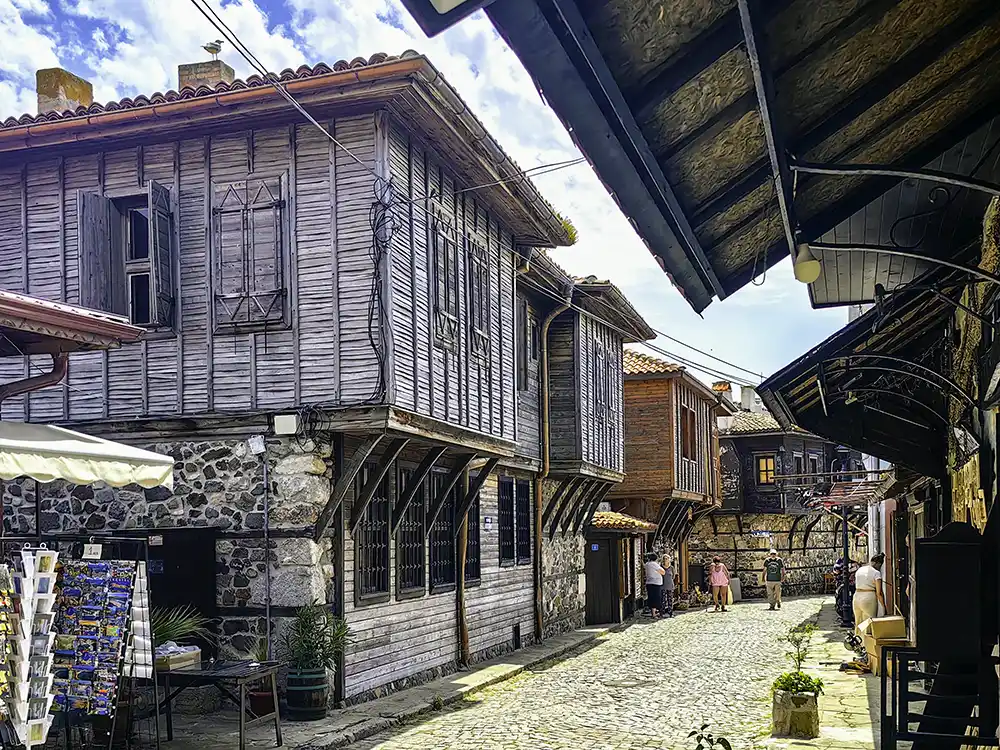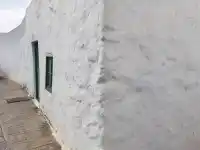If you are looking for a place where ancient Greek legends, Balkan temperament, and the aroma of freshly grilled fish blend together, Bulgarian Sozopol is the perfect destination.
This ancient seaside gem on the Black Sea coast has it all: narrow stone streets, ruins of ancient temples, wild beaches, and restaurants where every meal is served with a smile and an extra shot of rakia. That’s why I never miss a chance to visit Sozopol and the southern Bulgarian beaches whenever I’m in Bulgaria.
Sozopol is not just another resort on the Black Sea coast. It is a place where history emerges from every corner—whether in the form of old walls, Greek inscriptions on stones, or the lingering scent of fish that has been present here for thousands of years.
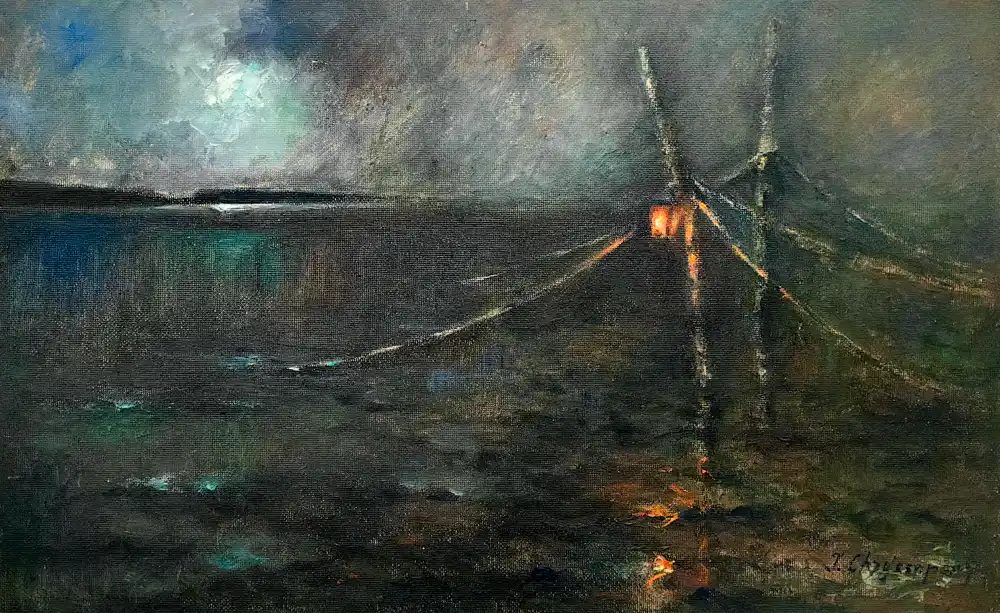
From Apollonia to Sozopol
Sozopol is one of the oldest cities on the Bulgarian coast, with a history longer than most European capitals. It was founded in the 7th century BC by Greek colonists from Miletus and was named Apollonia Pontica in honor of the god Apollo. Due to its strategic location, the city flourished.
Apollonia was so significant that it had a colossal 13-meter bronze statue of Apollo, which the Romans looted in the 1st century BC and transported to Rome. The city itself was destroyed, but like a true sailor, it always managed to come back. Over the centuries, it was ruled by the Byzantines, Bulgarians, and later the Ottomans, each leaving their mark on its history.
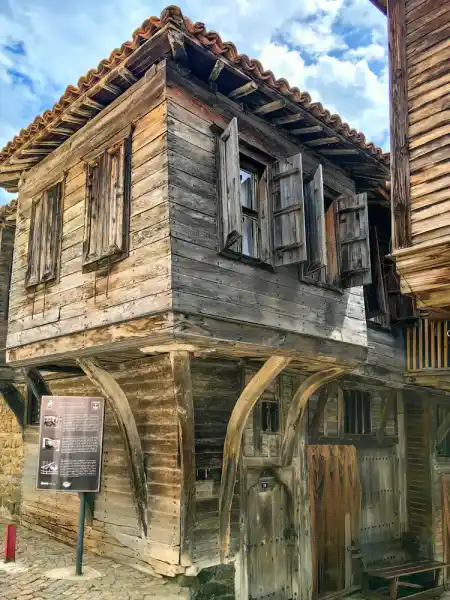
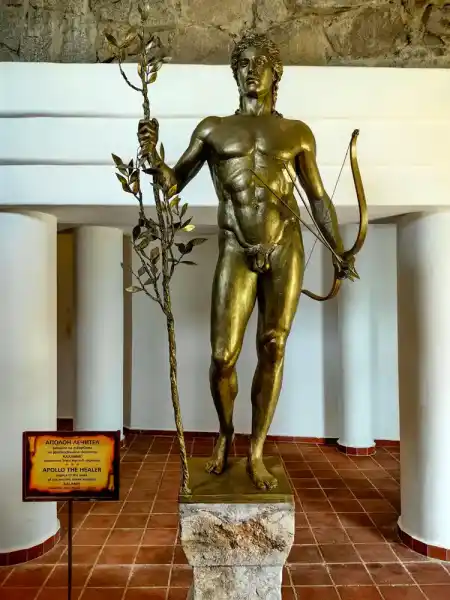
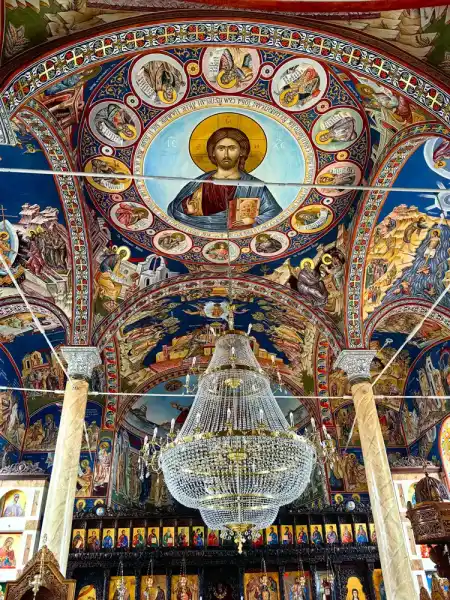
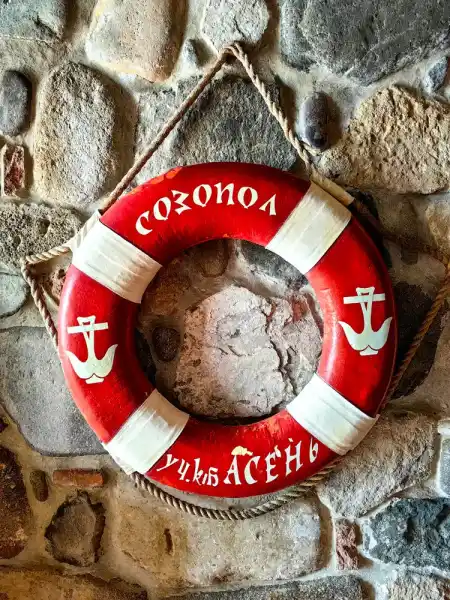
By the Middle Ages, it had already taken its modern name, Sozopol, meaning “City of Salvation.” Ironically, its inhabitants constantly had to fight for survival—whether against pirates who frequently visited or against enemy armies.
Sozopol and the Sea: An Eternal Bond
Sozopol could not exist without the sea. Since ancient times, its inhabitants have been fishermen, traders, and sailors. Greek ships carried grain, honey, and wine from here, bringing back ceramics and olive oil.
Have you ever tasted freshly fried fish straight from the pier? Every morning, you can watch fishermen returning to the harbor with fresh catches. Restaurants then serve everything from tiny sprats to gigantic sea creatures that look like they came from another planet—and are priced accordingly.
The seabed near Sozopol has revealed dozens of sunken ships, amphorae, and anchors, proving that this city was a bustling port thousands of years ago. The archaeological museum on the outskirts of the city is worth a visit. When I was there last year, they had just halted the construction of a bus station—because they had discovered an ancient burial site nobody knew existed.
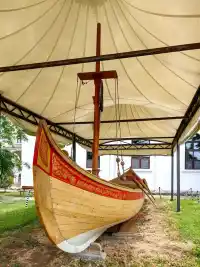
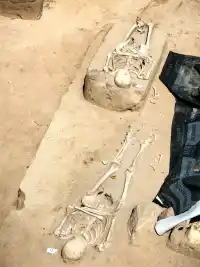
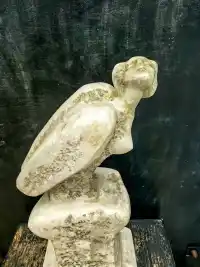
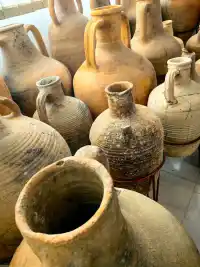
And then there’s the legendary reliquary of Saint John the Baptist, which the locals present with such pride that you feel as if the saint was a personal acquaintance. Whether it’s genuine or not, nobody really questions—it’s enough that tourists come and drop a few levs into the donation box.
Modern Sozopol
Sozopol has two faces: the Old Town, with its historic atmosphere, and the New Town, still under construction, bustling with life in summer and completely deserted in winter. The Old Town, with its 18th- and 19th-century wooden houses, seems frozen in time, while the New Town thrives on summer tourism, festivals, and nightlife. Developers have practically cemented the area around Sozopol with apartment buildings over the years.
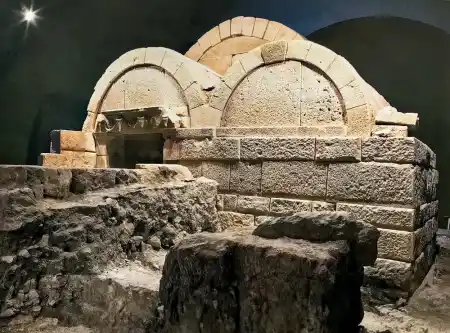
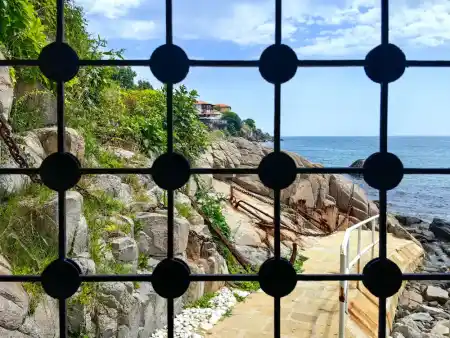
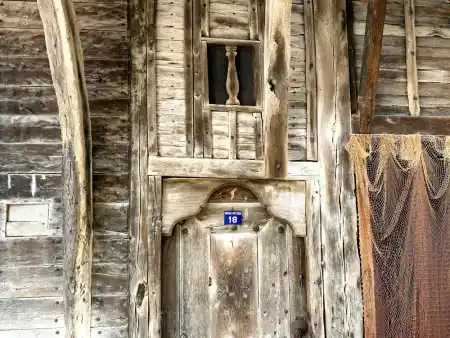
When exploring the Old Town, don’t miss the southern fortification complex with its tower, ancient churches, and the harbor. I was fascinated by the contemporary art gallery showcasing works by Bulgarian artists. And then there’s the Skamni Rock, home to the remains of the Monastery of the Holy Apostles.
What more can I say? Try the fig jam, excellent Bulgarian wine, and, most importantly, the quiet streets of this unique town—one that, unlike Nessebar, has not yet been overrun by mass tourism.
Every year, Sozopol hosts the Apollonia Festival, unfortunately never during my visit. 🙂

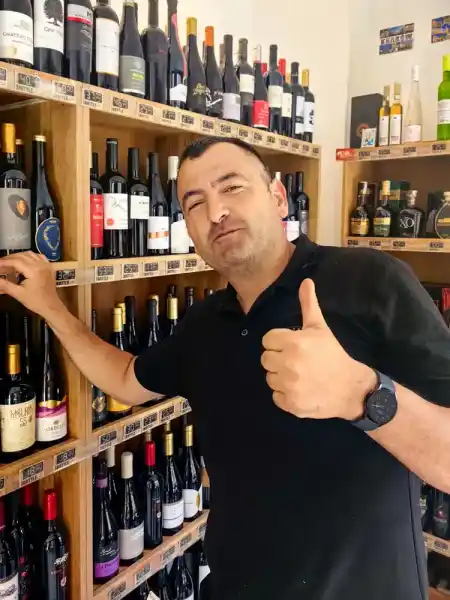
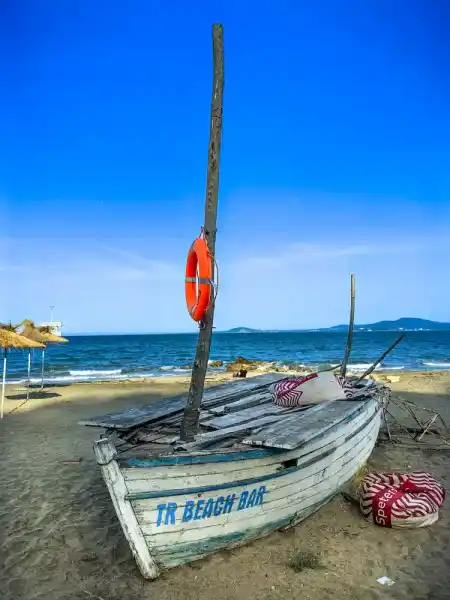
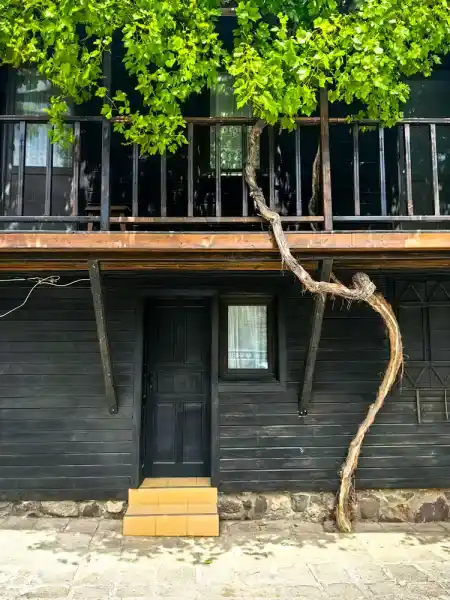
The Beaches of Sozopol
If you want to swim, the central beach (Harmanite Beach) with its stunning sand is a good option. However, if you want to enjoy it in peace, you need to come early in the morning or have the patience of Buddha—and the tolerance for being approached every ten minutes with offers of corn, inflatable toys, or massages.

If you have an adventurous spirit, head further south. Just 7 km from Sozopol (near Kavatsi Camp) lies Duni Beach—one of the cleanest and most beautiful beaches in Bulgaria. It stretches 4.5 km long and 100 meters wide, and best of all, it’s free of crowds. A small tourist train connects it to Sozopol, but if you have a car, it’s worth exploring even further south:
- Alepu Beach
- Arkutino
- Primorsko
- Kiten
These beaches are wild and secluded, full of fine sand and dunes, ranging from quiet coves to the lively shores of Primorsko, where children compete in building sandcastles, and adults compete in drinking beer.
You Forget to Hurry
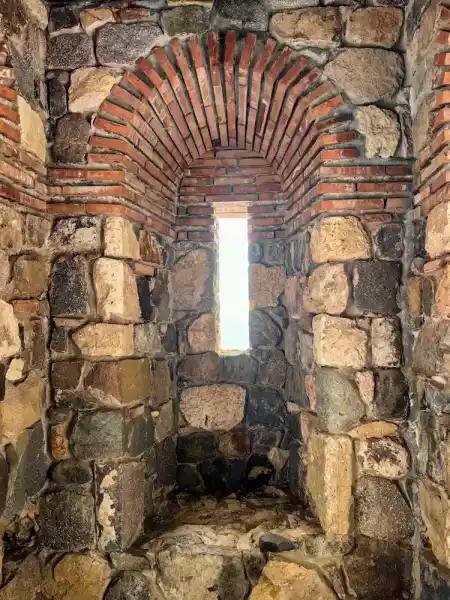
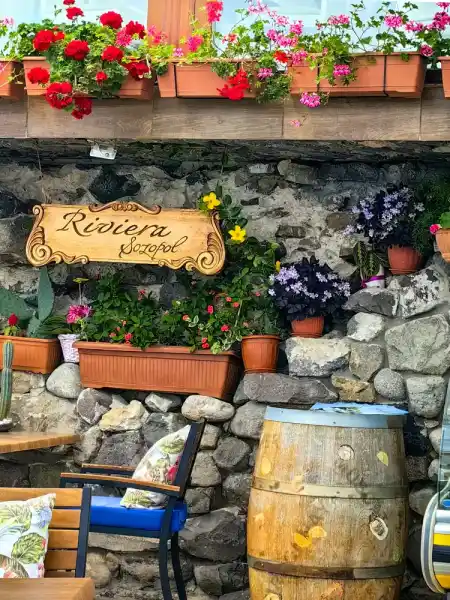
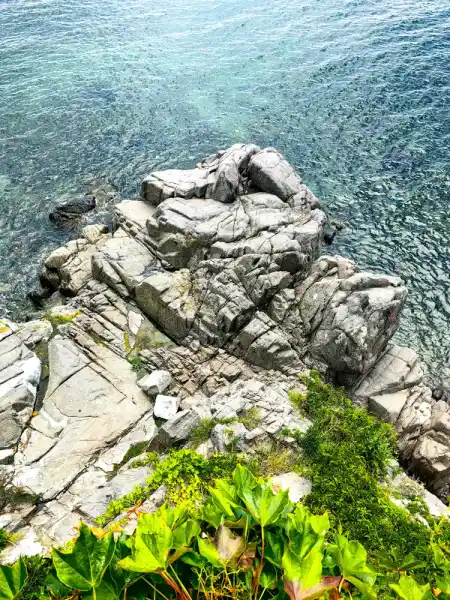
Even though Sozopol has changed a lot since the days of Apollonia, its connection to the sea and history remains the same. Just walk along the harbor where fishermen mend their nets, or sit on the ancient walls overlooking the water. People have been sitting here and watching the sea for thousands of years.
Sozopol is the perfect combination of history, sea, and summer relaxation. A city where you can explore archaeological sites in the morning, enjoy fresh fish for lunch, take a beach nap in the afternoon, and sip wine by the sea at sunset. And the best part? Nobody is in a hurry. Maybe because after rakia and wine, walking slowly just comes naturally.

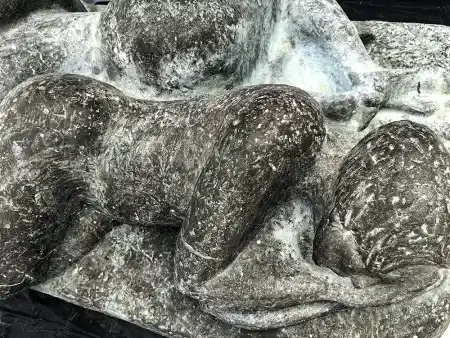

A Few Extra Tips:
- Want to experience something extraordinary? Visit Ravadinovo Castle. You won’t believe it until you see it.
- From Burgas, regular buses run to Sozopol all day long from the south station, and the fare is just a few levs.

